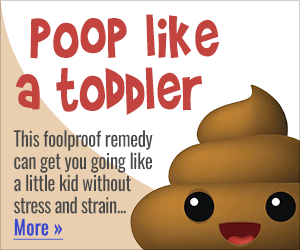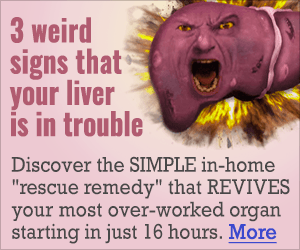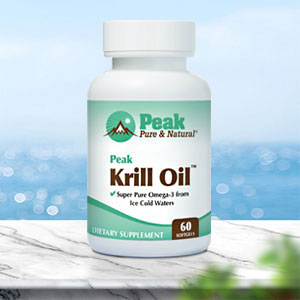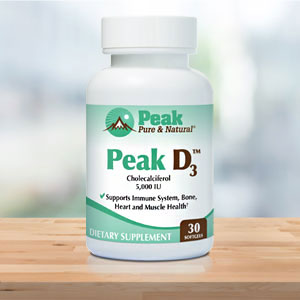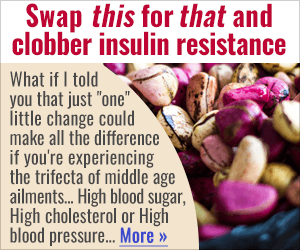Get Easy Health Digest™ in your inbox and don’t miss a thing when you subscribe today. Plus, get the free bonus report, Mother Nature’s Tips, Tricks and Remedies for Cholesterol, Blood Pressure & Blood Sugar as my way of saying welcome to the community!
Dopamine receptors link pathways from ADHD to Parkinson’s and more

You may have heard the phrase “dopamine hit” in relation to something pleasurable. That’s because dopamine is a neurotransmitter involved in the brain’s pleasure center.
Doing something you enjoy can trigger a rush of this feel-good “hormone” that reinforces the behavior that made you feel that way.
But sparking your brain’s reward center isn’t all that dopamine does. It also plays a role in critical bodily functions, including:
- Movement: Essential for coordinating motor functions, an imbalance or decrease in dopamine can lead to movement disorders like Parkinson’s.
- Emotional regulation: Dopamine influences mood, and an imbalance can lead to depression.
- Attention and focus: Imbalances of dopamine have been linked to ADHD.
- Memory and learning: Dopamine supports brain processes that consolidate memories, promote learning and retrieve memories.
When dopamine is released in excess, such as with certain drugs or behaviors, it is responsible for addiction.
Now, a finding by a McGill University-led team of neuroscientists could open doors to new treatments for a range of psychiatric and neurological disorders attributed to dysfunctions in specific dopamine pathways — including schizophrenia, addiction, ADHD, Parkinson’s or Alzheimer’s.
A third dopamine pathway
The forebrain controls everything from voluntary movement and the integration of sensory information to all our higher abstract thought, logic, speech and emotions.
Previously, scientists had identified two distinct pathways and types of dopamine receptors in the forebrain: D1 receptors, which activate neurons, and D2 receptors, which inhibit them.
A third group that possesses both D1 and D2 dopamine receptors was known to exist, but their specific function wasn’t known until the McGill-led researchers were able to target them
They found that these neurons have unique cellular characteristics that play a crucial role in balancing several essential brain functions, including those related to reward, cognition, and movement.
Specifically, this pathway ensures motor control under normal physiological conditions and curbs hyperactivity induced by psychostimulant drugs.
“Without these neurons, the entire brain systems under dopamine control would become overactive and uncontrollable, since they act to balance the functions of the two types of dopamine receptors in the brain which either facilitate or inhibit the activation of the two pathways we already knew of,” says senior author Bruno Giros, a professor in McGill’s department of psychiatry.
Put more simply, these neurons bring balance to dopamine’s influence on motor functions and the brain’s pleasure center.
Improving dopamine function
This discovery could lead to new treatments for a range of psychiatric and neurological disorders, from ADHD to Parkinson’s.
“We are only in the early days of working with the tools that we developed to help us to identify this pathway,” says Alban de Kerchove d’Exaerde from the Neurophy Lab at Université Libre de Bruxelles, who collaborated on the research.
That means those new therapies may not be readily available soon enough, but natural support for dopamine release is at your hands…
One way is to get some exercise. And it doesn’t have to be an intense workout. Even low-intensity exercises like walking, biking, water aerobics, tai chi and yoga can be the perfect way to increase dopamine release.
Several nutrients can also support dopamine release, including:
- Tyrosine is an amino acid that acts as a precursor to dopamine. Foods highest in tyrosine: cheese, soybeans, beef, lamb, pork, fish, chicken, nuts, eggs, dairy, beans, and whole grains
- L-theanine is another precursor to dopamine. Foods highest in L-theanine: green tea, black tea and mushrooms.
- Phosphatidylserine is a phospholipid abundant in the brain and nervous system that stimulates dopamine production and release. Small amounts are in the following foods: soybeans, fish, eggs and organ meats. PS supplements are derived from sunflower lecithin, soy, cabbage and fish.
- Vitamin D has a positive effect on dopamine synthesis and levels. Foods highest in vitamin D: cod liver oil, trout, salmon, white mushrooms, fortified milk and plant-based beverages, sardines, eggs
- Vitamins B5 and B6 are needed to make dopamine. Foods highest in B5: shitake mushrooms, salmon, avocado, chicken, lean beef, sunflower seeds, whole milk. Foods highest in B6: salmon, avocado, spinach, beef liver, sunflower seeds
- Omega-3 essential fatty acids help increase dopamine levels in the brain. Foods highest in omega-3s: fatty fish, walnuts, flax, hemp and chia seeds
- Magnesium is an important mineral for dopamine production. Foods highest in magnesium: pumpkin and chia seeds, almonds, spinach, cashews, peanuts, soy milk, black beans
Editor’s note: Did you know that when you take your body from acid to alkaline you can boost your energy, lose weight, soothe digestion, avoid illness and achieve wellness? Click here to discover The Alkaline Secret to Ultimate Vitality and revive your life today!
Sources:
The brain’s balancing system — EurekAlert!
The brain’s balancing system — McGill University
Striatal projection neurons coexpressing dopamine D1 and D2 receptors modulate the motor function of D1- and D2-SPNs — Nature Neuroscience
Dopamine: The pathway to pleasure — Harvard Health Publishing
Vitamin D — National Institutes of Health
Top 10 Foods Highest in Vitamin B5 (Pantothenic Acid) — My Food Data
10 Foods High in Vitamin B — Medarts
The Best Guide to Omega 3 Fatty Acids for Mental Health — Driftless Integrative Psychiatry
Magnesium — National Institutes of Health




